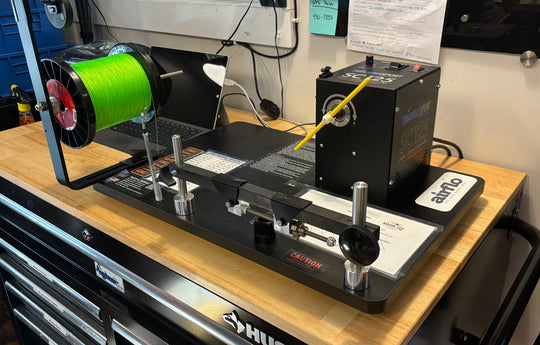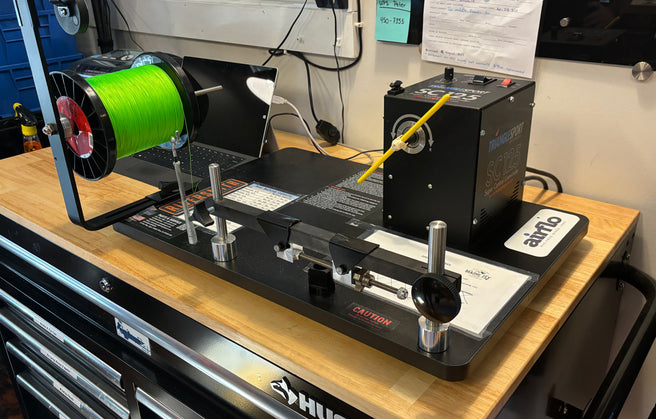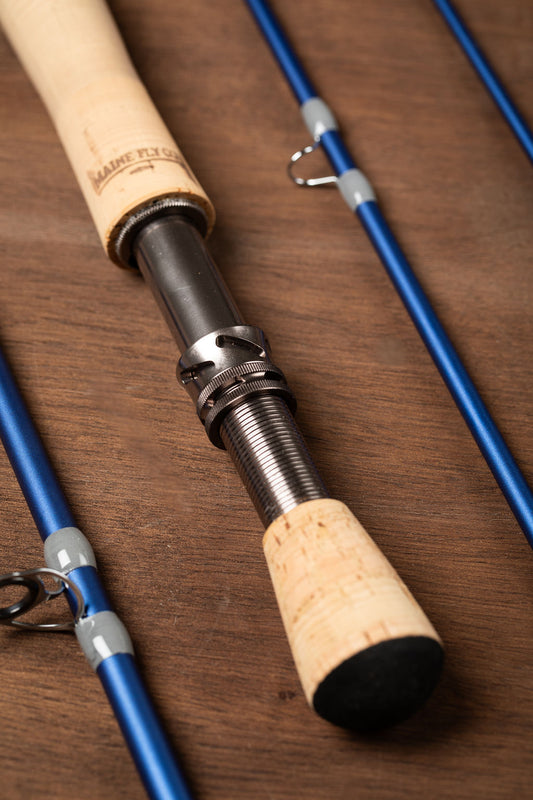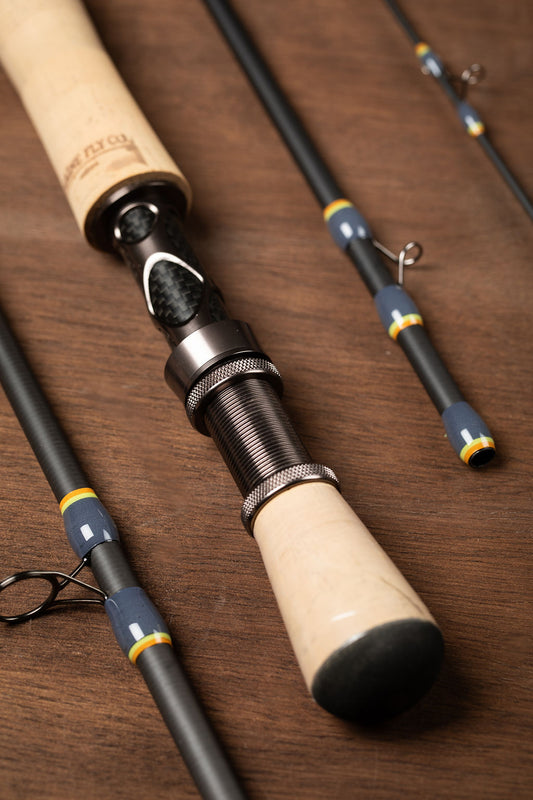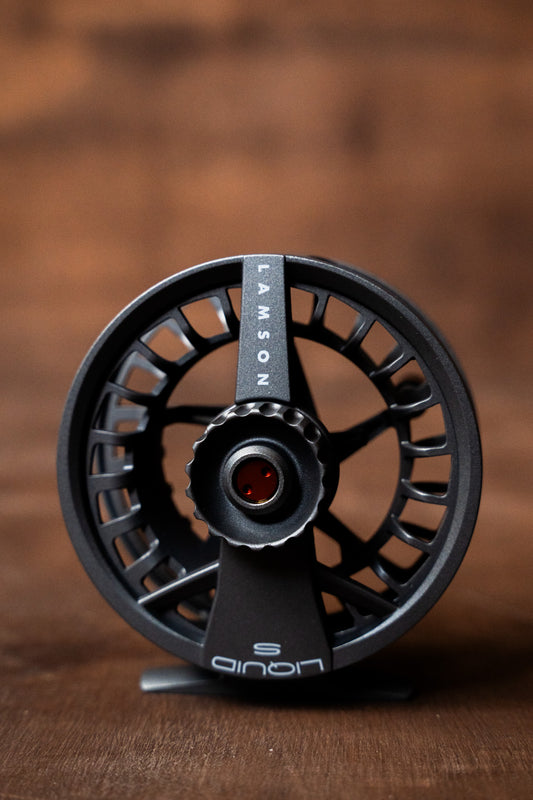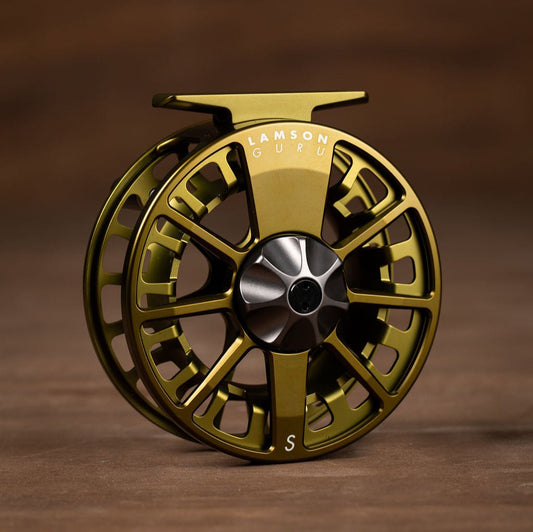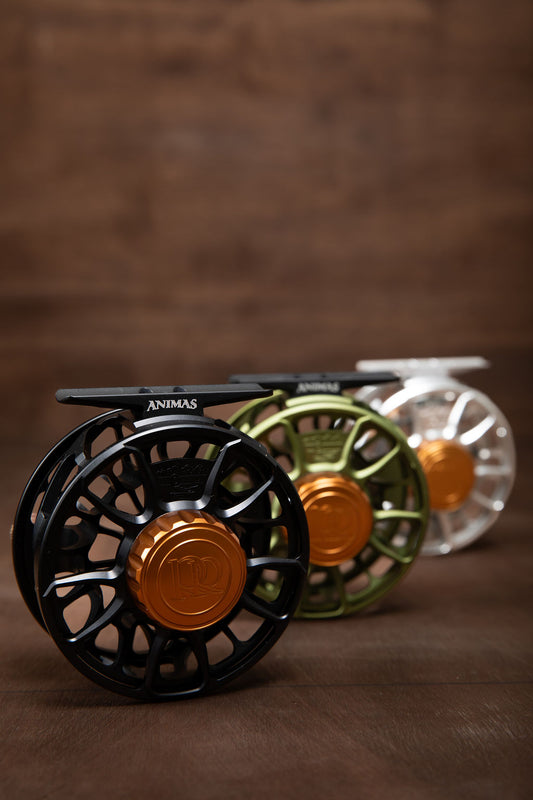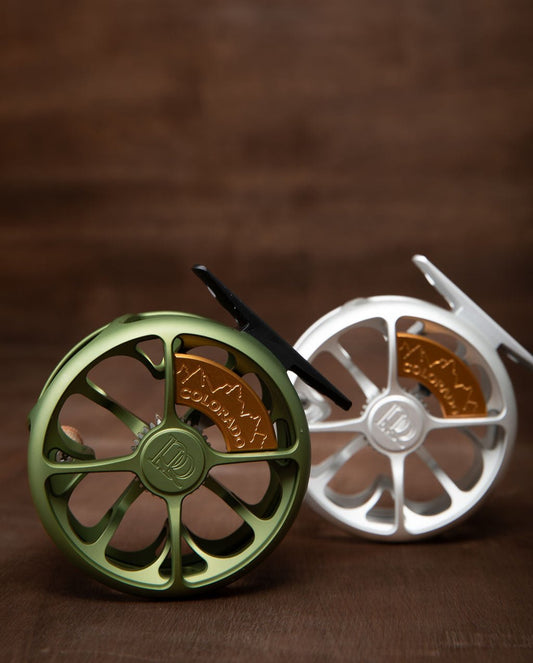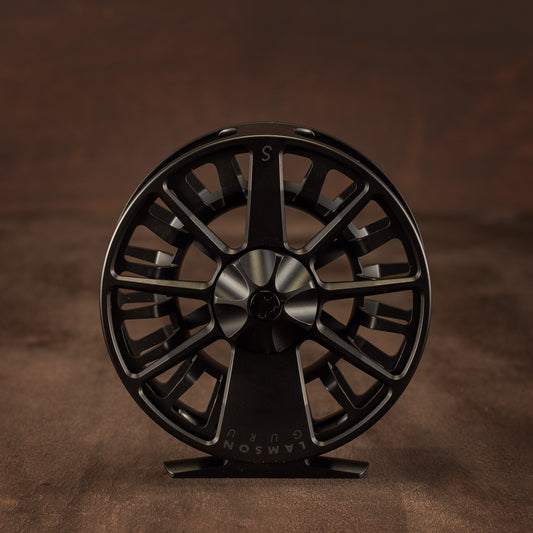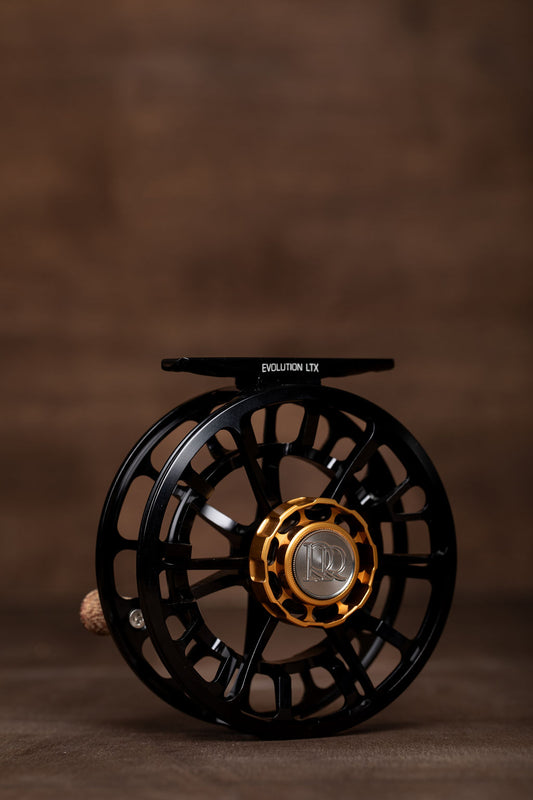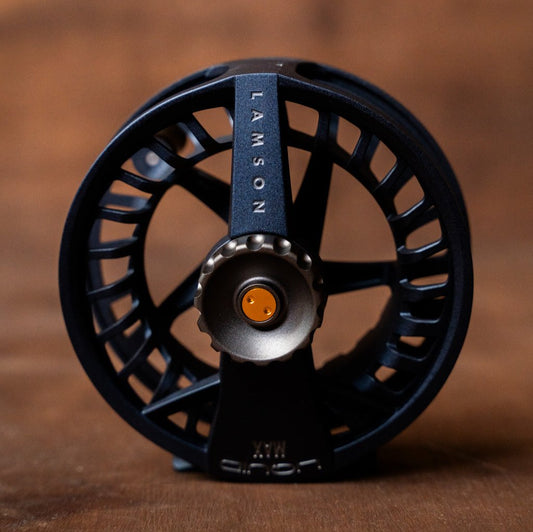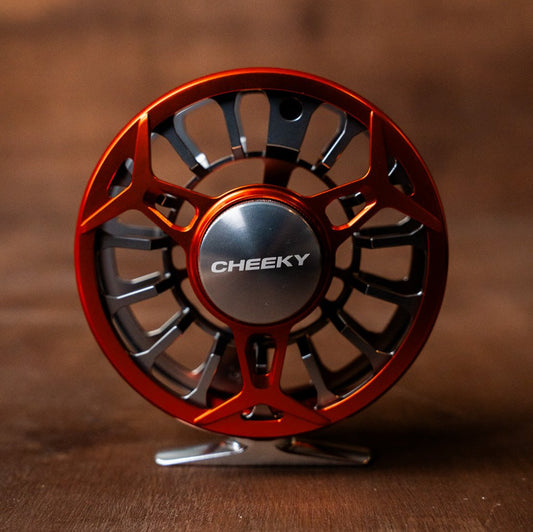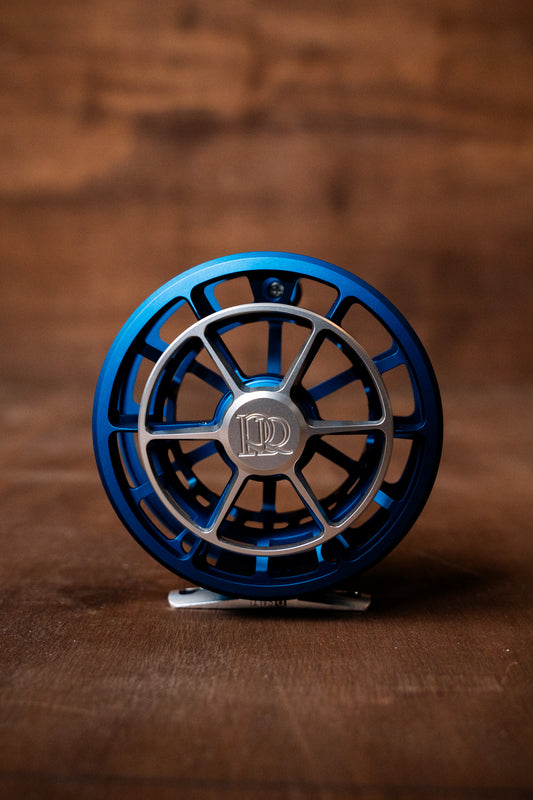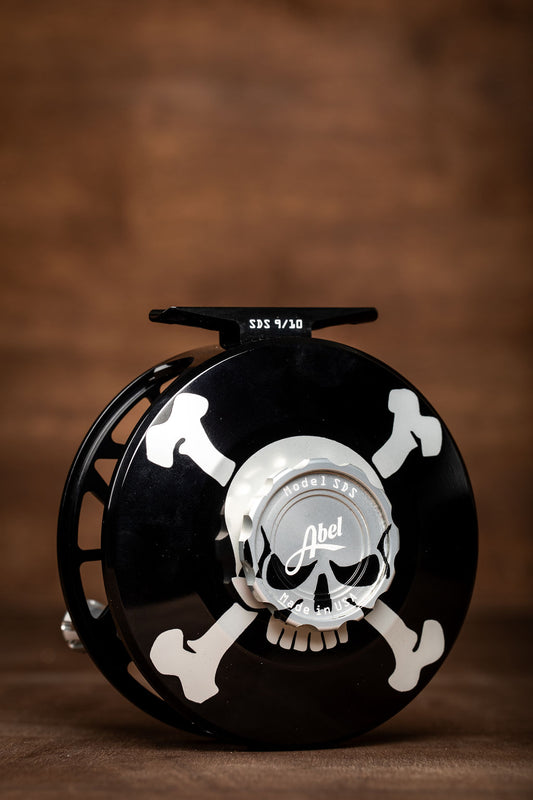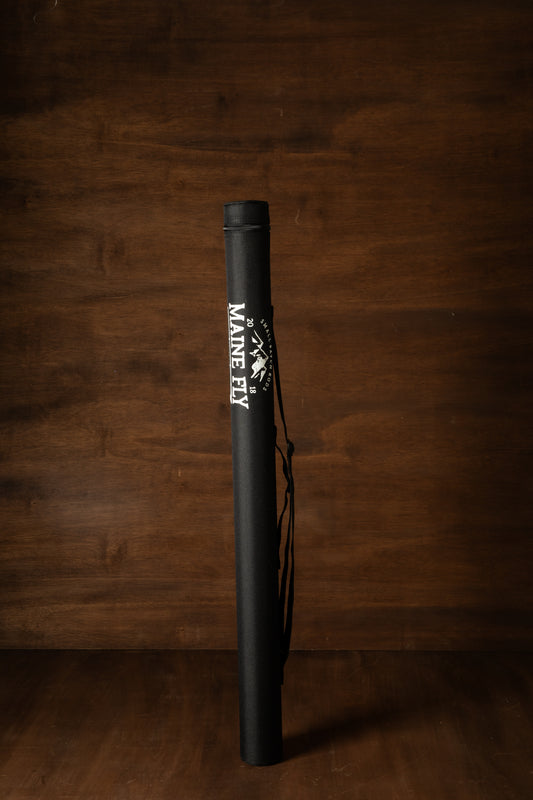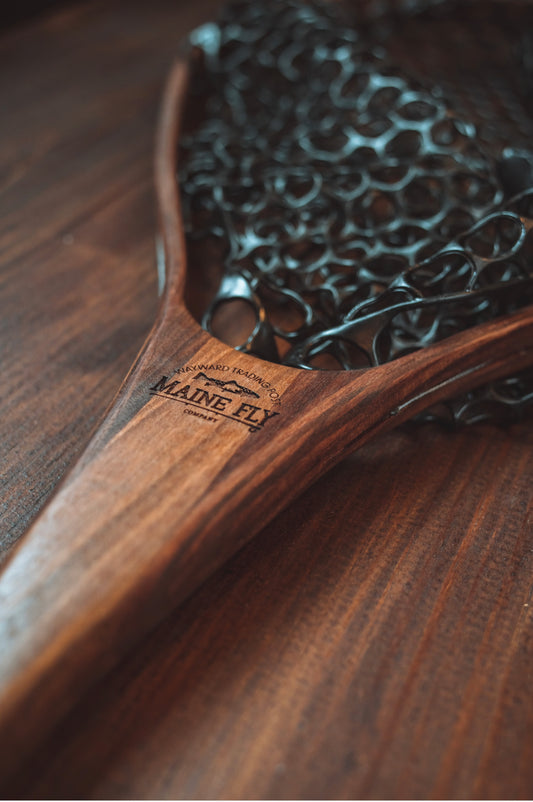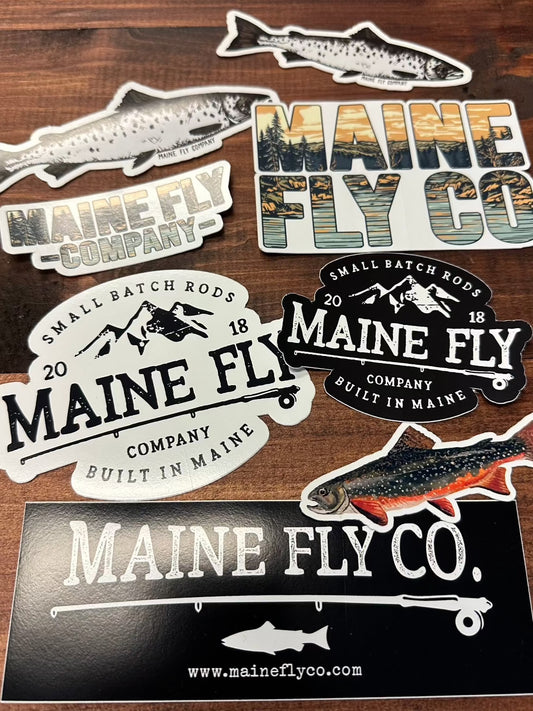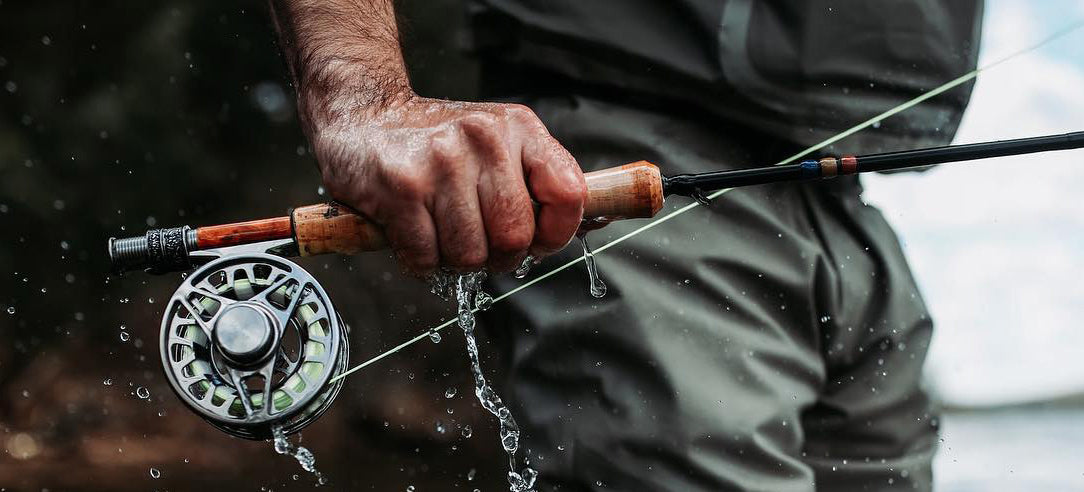Line Weight: 7-8
Targeted Species: Large Trout, Bass, Steelhead, Salmon, Carp
Get loaded! The PreLoad 375 Fly Reel comes spooled up and ready to fish with Cheeky’s premium 20-lb backing, specially paired weight forward floating fly line, and a 9-foot loop-to-loop tapered leader. Spend less time and money rigging up and more time on the water.
The PreLoad’s diecast frame and body, coupled with CNC componentry and post-fabrication machining, make this reel the ideal choice for the angler needing a lightweight and durable performance fly fishing reel that doesn't break the bank. Known for its strong and smooth drag systems, Cheeky Fishing has delivered yet again with the PreLoad’s S-Power Drag. This system incorporates a stacked alternating disc drag providing no detectable startup inertia and more than enough power to stop any fresh or saltwater beast in its tracks.
But the PreLoad 375 Fly Reel doesn’t stop there. Cheeky has taken the hassle and expense out of rigging by preloading the fly reel with its specially designed backing, fly line and leader. The low-friction, abrasion-resistant 20-lb fly line backing ensures you’ll have the perfect foundation to tire out that trophy fish while the Cheeky designed WF 7/8 90-foot floating fly line has the taper to cast big streamers, dry flies and nymphs alike. Top it all off with an included 9-foot loop-to-loop tapered leader and you’ll be ready to hit the water instantly.
PreLoad 375 Fly Reel Features:
- S-Power Drag System
- Quick change spool and B2 Backing Channel
- Silent retrieve
- Lightweight 4.7 oz design
- Ships left-hand retrieve (easy to convert to right-hand)
- Reel case, backing, fly line and leader included
- 20 lb backing
- WF 7/8 90' floating line
- 2x tapered loop-to-loop leader
- No spooling/rigging required
- Free shipping
Specs & Backing:






















